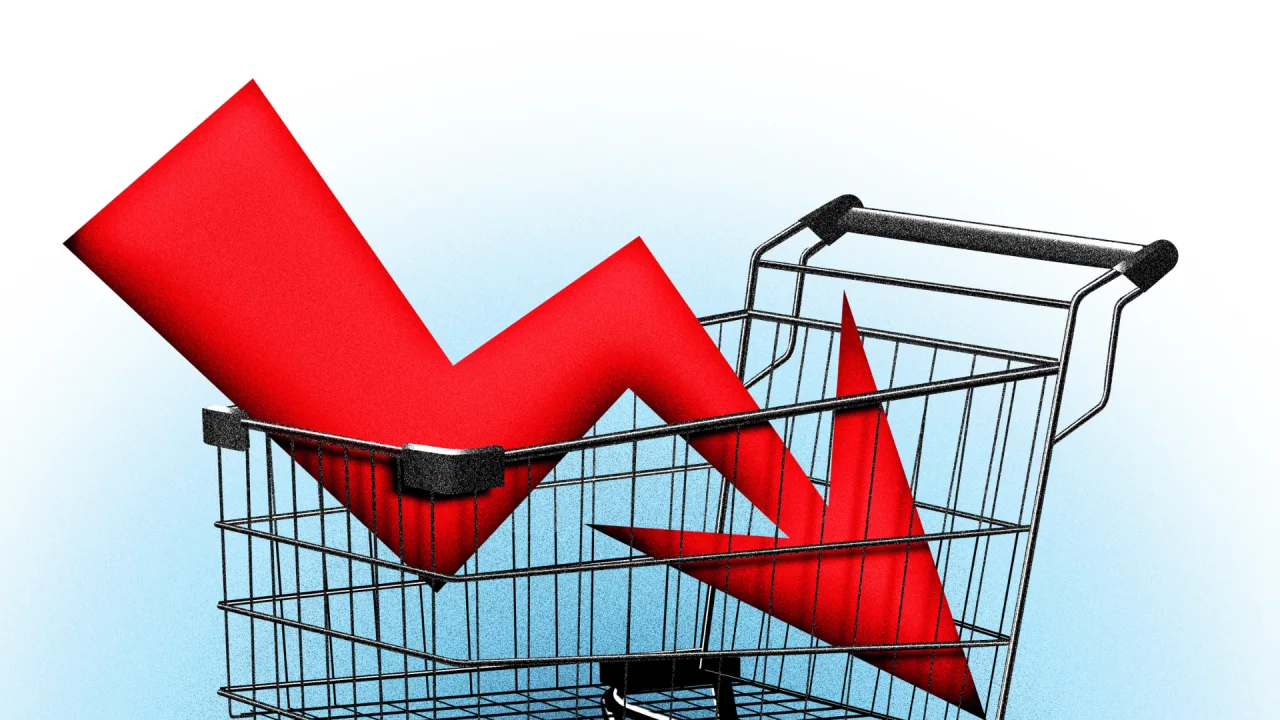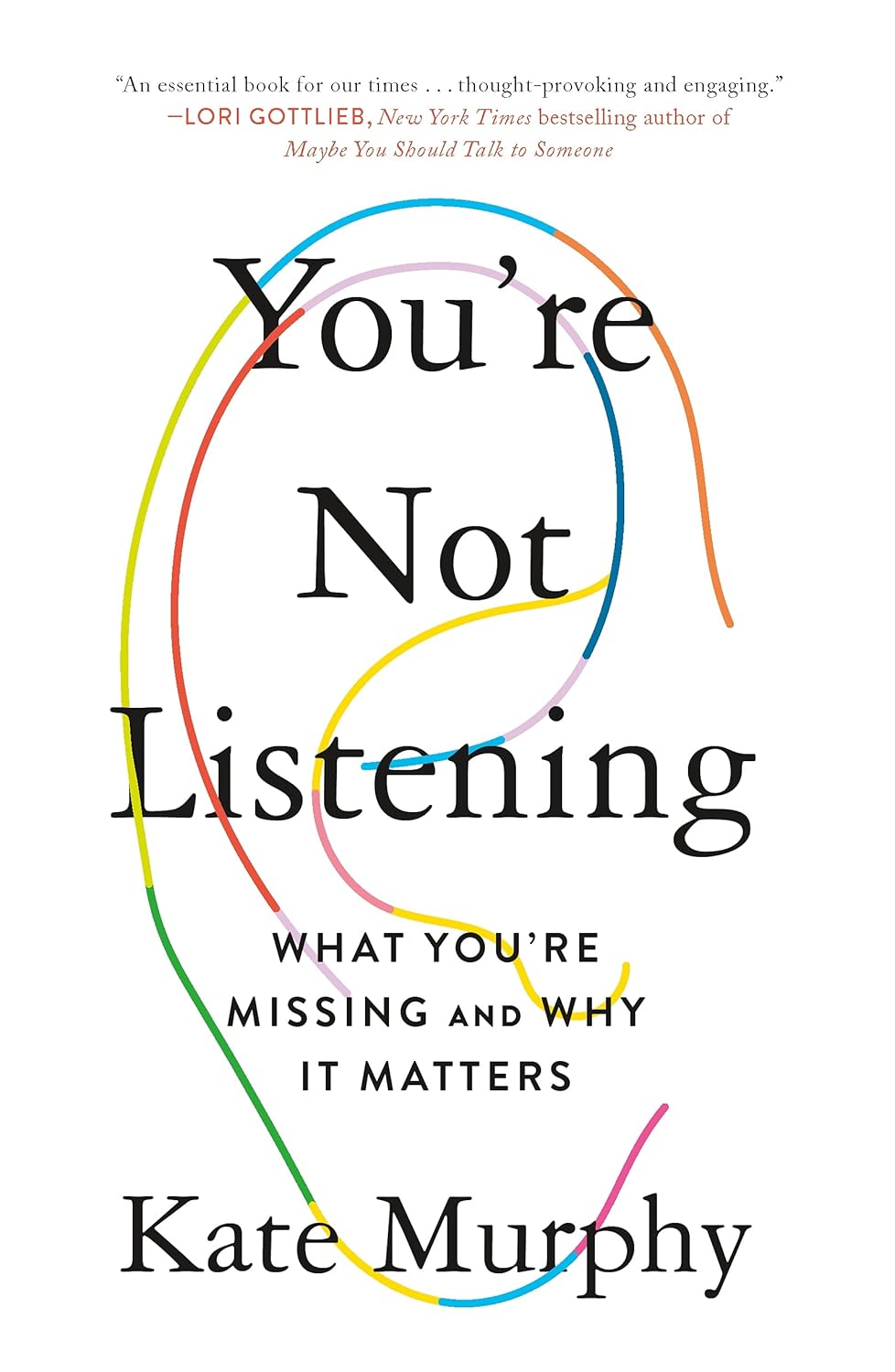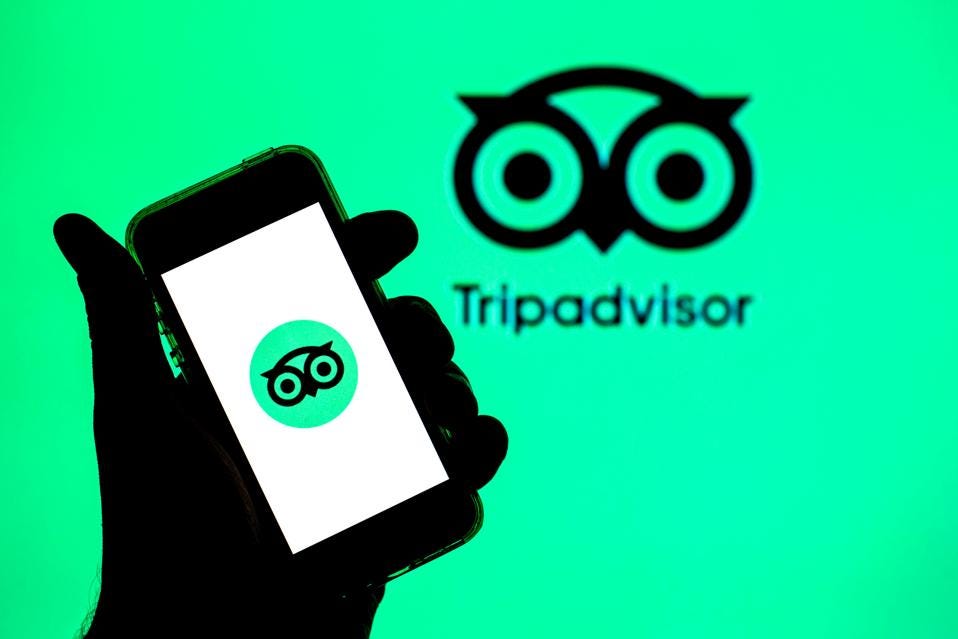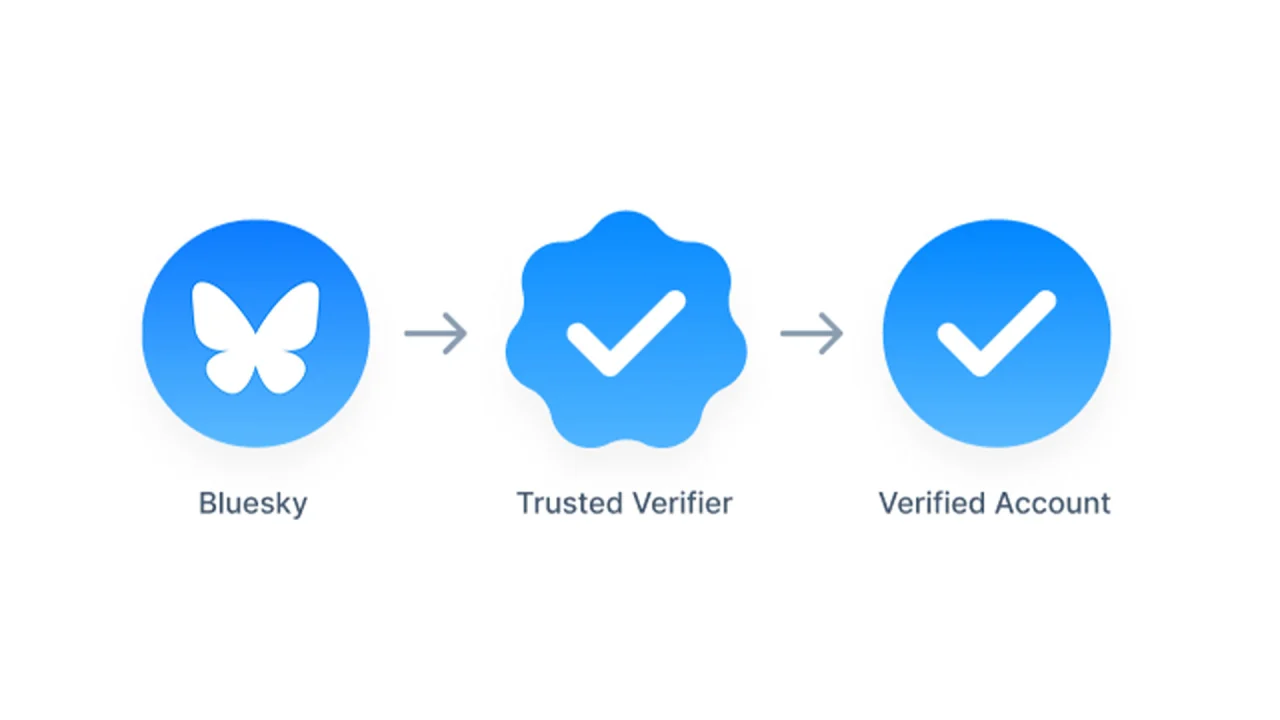3 ways brands can win back consumer confidence
“It was the best of times, it was the worst of times, it was the age of wisdom, it was the age of foolishness, it was the epoch of belief, it was the epoch of incredulity, it was the season of light, it was the season of darkness, it was the spring of hope, it was the winter of despair.” Those words written by Charles Dickens are surprisingly on point, despite the author being dead for well over a century. We continue to live in febrile and perplexing times with many of us expecting to see all four horses of the apocalypse over the horizon at any time. Confidence, so central to people’s willingness to spend, is at best fragile. Our two biggest global economies—the United States and China—are on the back foot and we’re all feeling the impact. As consumers, we’re increasingly resentful, angry, and ready to withhold our hard-earned cash. Not only has people’s trust in many institutions diminished in recent years, according to a recent study conducted in 28 countries, a staggering 61% of those surveyed hold grievances against government, business, and the wealthy due to perceived inequalities and unfairness. The list of causes for people’s concerns is growing fast—from geopolitics to the cost-of-living crisis, misinformation and disinformation, bad actors, and the dizzying speed of technological change, including the rapid rise of AI, to name just a few. Also growing is the need for a marketplace response, specifically from the brands and organizations that are the primary drivers of action, and in which consumers still invest a degree of trust. What brands need to do Brands should listen, empathize, and demonstrate, not just with words, but with tangible actions that they understand their customers and can support them in achieving what they want. However, in today’s challenging climate this might not be enough. When consumers are feeling so aggrieved, I see three actions that can help brands move consumer sentiment in a more positive direction. Make the first move, however small In challenging times, an entrenched position can seem appealing. Yet an “I’m right, you’re wrong, you don’t understand” defensive mindset often brings inertia. When the company makes the first move and bends a little, it can be easier to move things forward. For example, in 2018, KFC’s UK operation almost collapsed when it ran out of chicken. The company’s FCK campaign made international news; to make amends, KFC ran an apology ad rearranging the letters of its name to spell out “FCK” on a chicken bucket. This response, which harnessed humility, humor, and honesty, was well-received and showed how timely communication and gestures can make all the difference. Contextual adaptability is more valuable than ever, especially as younger audiences gravitate toward brands rooted in community and co-creation. Transparency matters, but what truly sets brands apart today is how they respond and adapt once the reactions start kicking in. That is where real connection and loyalty are built. Duolingo recently faced backlash over its new “AI-first policy,” which clashed with the human touch users expect from the category, and especially from such a personality-driven brand. While transparency was a good start, their response—deleting posts and posting a tone-deaf attempt at humor—came off as insincere and dismissive. What was missing was genuine openness and willingness to adapt. By listening to feedback and engaging with users’ concerns, Duolingo could have turned criticism into a chance to build trust and further strengthen their cult-like following. Demonstrate you understand what matters A key pillar of conflict resolution is demonstrating that you understand what matters. It’s also a central component of brand building—–and one that’s even more important at a time when customers are rife with anger and resentment. Showing empathy in difficult times does more than offer immediate reassurance, it creates a powerful ripple effect. Seen optimistically, it is a rare opportunity for brands to earn lasting customer loyalty and brand resonance. Today, technology enables an unprecedented array of ways to leverage greater customer personalization to demonstrate a brand’s appetite to serve and move things forward in audience-relevant ways. IKEA, for example, leverages data and consumer research to support their customers through the cost-of-living crisis. They actively work to make products more affordable to match local and individual tastes. They also track visits and clicks on their online store to ensure they manage the price reductions while keeping an eye on their own long-term financial sustainability. In addition, their knack for quickly bringing trends like dopamine décor, kidulting, and bed-rotting to life in their stores helps them connect with their audiences, providing them with some much-needed joy and comfort, while times feel bleak. Create a sense of togetherness It

“It was the best of times, it was the worst of times, it was the age of wisdom, it was the age of foolishness, it was the epoch of belief, it was the epoch of incredulity, it was the season of light, it was the season of darkness, it was the spring of hope, it was the winter of despair.”
Those words written by Charles Dickens are surprisingly on point, despite the author being dead for well over a century. We continue to live in febrile and perplexing times with many of us expecting to see all four horses of the apocalypse over the horizon at any time.
Confidence, so central to people’s willingness to spend, is at best fragile.
Our two biggest global economies—the United States and China—are on the back foot and we’re all feeling the impact. As consumers, we’re increasingly resentful, angry, and ready to withhold our hard-earned cash.
Not only has people’s trust in many institutions diminished in recent years, according to a recent study conducted in 28 countries, a staggering 61% of those surveyed hold grievances against government, business, and the wealthy due to perceived inequalities and unfairness.
The list of causes for people’s concerns is growing fast—from geopolitics to the cost-of-living crisis, misinformation and disinformation, bad actors, and the dizzying speed of technological change, including the rapid rise of AI, to name just a few.
Also growing is the need for a marketplace response, specifically from the brands and organizations that are the primary drivers of action, and in which consumers still invest a degree of trust.
What brands need to do
Brands should listen, empathize, and demonstrate, not just with words, but with tangible actions that they understand their customers and can support them in achieving what they want.
However, in today’s challenging climate this might not be enough.
When consumers are feeling so aggrieved, I see three actions that can help brands move consumer sentiment in a more positive direction.
Make the first move, however small
In challenging times, an entrenched position can seem appealing. Yet an “I’m right, you’re wrong, you don’t understand” defensive mindset often brings inertia. When the company makes the first move and bends a little, it can be easier to move things forward.
For example, in 2018, KFC’s UK operation almost collapsed when it ran out of chicken. The company’s FCK campaign made international news; to make amends, KFC ran an apology ad rearranging the letters of its name to spell out “FCK” on a chicken bucket. This response, which harnessed humility, humor, and honesty, was well-received and showed how timely communication and gestures can make all the difference.
Contextual adaptability is more valuable than ever, especially as younger audiences gravitate toward brands rooted in community and co-creation. Transparency matters, but what truly sets brands apart today is how they respond and adapt once the reactions start kicking in. That is where real connection and loyalty are built.
Duolingo recently faced backlash over its new “AI-first policy,” which clashed with the human touch users expect from the category, and especially from such a personality-driven brand. While transparency was a good start, their response—deleting posts and posting a tone-deaf attempt at humor—came off as insincere and dismissive. What was missing was genuine openness and willingness to adapt. By listening to feedback and engaging with users’ concerns, Duolingo could have turned criticism into a chance to build trust and further strengthen their cult-like following.
Demonstrate you understand what matters
A key pillar of conflict resolution is demonstrating that you understand what matters. It’s also a central component of brand building—–and one that’s even more important at a time when customers are rife with anger and resentment.
Showing empathy in difficult times does more than offer immediate reassurance, it creates a powerful ripple effect. Seen optimistically, it is a rare opportunity for brands to earn lasting customer loyalty and brand resonance.
Today, technology enables an unprecedented array of ways to leverage greater customer personalization to demonstrate a brand’s appetite to serve and move things forward in audience-relevant ways.
IKEA, for example, leverages data and consumer research to support their customers through the cost-of-living crisis. They actively work to make products more affordable to match local and individual tastes. They also track visits and clicks on their online store to ensure they manage the price reductions while keeping an eye on their own long-term financial sustainability.
In addition, their knack for quickly bringing trends like dopamine décor, kidulting, and bed-rotting to life in their stores helps them connect with their audiences, providing them with some much-needed joy and comfort, while times feel bleak.
Create a sense of togetherness
It takes time to ease frayed nerves, misconceptions, and mistrust. Great storytelling and tone are tangible markers of a company’s commitment to its customers.
Volvo’s recent EX90 For Life ad, which imagines how an unborn child’s future could be erased without the brand’s groundbreaking safety technology, is a human story universally relatable, yet directly brand-relevant.
It powerfully demonstrates how finding and cultivating points of connection with your customer are the secret to building, maintaining, and energizing any productive relationship with consumers.
Engaging, uniting, and connecting is central to us as humans and necessary to build and re-build trust. The same applies to brands and the businesses behind them.
Geopolitics and economic volatility are beyond any single business’s control. Yet, in the current climate, brands that bear down on each interaction and experience at every touchpoint will move consumer sentiment onto more positive ground.
Sairah Ashman is global CEO of Wolff Olins.






























































![https //g.co/recover for help [1-866-719-1006]](https://newsquo.com/uploads/images/202506/image_430x256_684949454da3e.jpg)


























![How Smart PMs Scale Their Careers in Any Org [TPG Live Recap]](https://tpgblog.com/wp-content/uploads/2025/06/2025-06-12-thumbnail-action.png?#)




















































